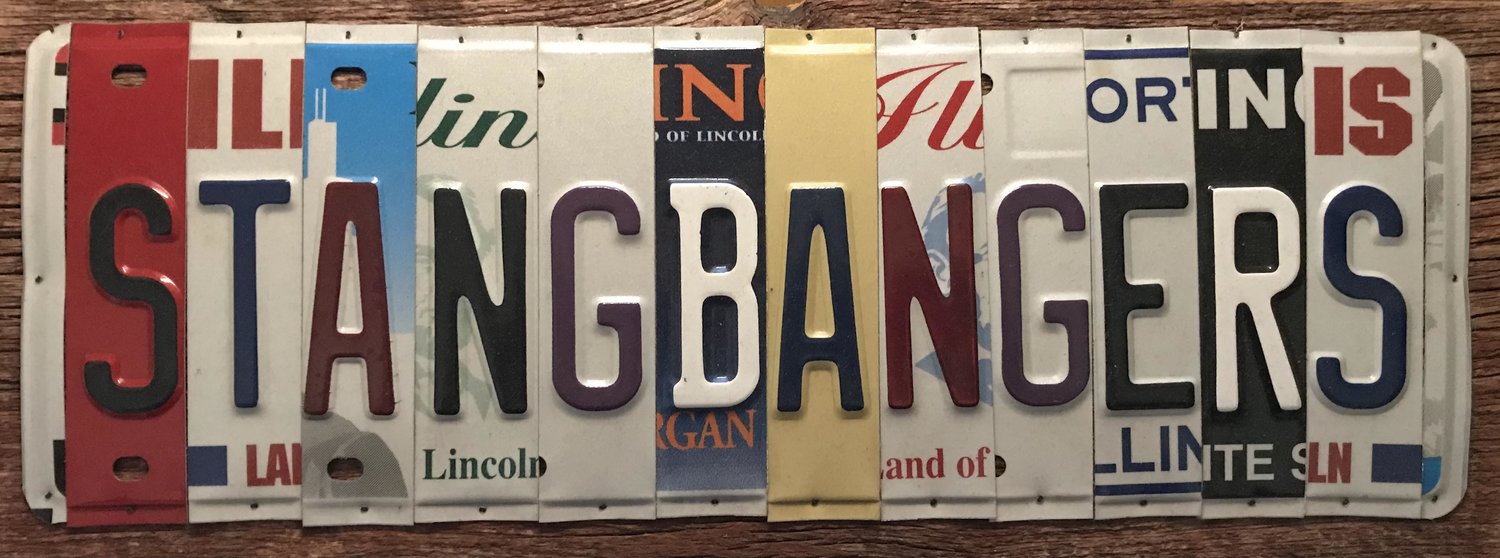Ford, Ferrari, and the Holley Carburetor that Helped Make Racing History
Holley carburetors have won countless championships, but did you know that Holley helped Ford win arguably the most prestigious race in the world, the 24 Hours of Le Mans?
Back in the 1960's, Ford's "Total Performance" program was focused on dominating motorsports. Ford wanted to impress the world with its sports cars, and the crown jewel of sports car racing was the 24 hours of Le Mans. The problem was: they didn't have anything to compete with Europe's offerings. The solution? Buy Ferrari.
But Enzo Ferrari pulled the rug out from under Henry Ford II ("The Deuce") in the closing stages of Ford's attempt to buy Ferrari. The Deuce was so steamed he set out to beat Enzo in a grudge race on an international sage: France's 24 Hours of Le Mans. Ford would leverage its industrial might and engineering prowess to extract his revenge on Enzo Ferrari, and in the process, show the world what good ol' American ingenuity could do.
The plan didn't go so well … at first. The red Italian cars screamed around the track with small-displacement, high-revving motors that were as complex, sophisticated, and fast as their drivers. Ford contracted British outfit Lola Cars to build a chassis based on the Lola Mk6 and power it with a 289 cubic inch small block V8. The results were less than stellar. Teething problems, failures, and micromanagement plagued the program for the first two years. His pride on the line, Henry Ford's grandson was losing patience. For the 1966 race, The Deuce handed out "motivational" cards to remind those involved of the stakes. Henry wrote on the back, "You better win."
No pressure.
After two years of embarrassing results, Ford regrouped. Rather than try and beat Ferrari with the finesse of a European approach, Ford went about it the American way: brute force. By this time, Ford knew what kind of performance was needed to win at Le Mans. They reasoned Ford's new 427 FE racing engine they were developing for NASCAR would have the muscle they needed to go the distance without overstressing the engine.
Management of the team also changed. Ford contracted Shelby American to run the racing team so Ford could focus its expertise on the powertrain. Ford pulled out all the stops and dedicated immense resources to the project. An engineer on Ford's Indy engine racing program was brought over to work on the Le Mans GT40: Mose Nowland.
That being said, the carburetor atop the GT40 MkII's seven-liter engine was no off-the-shelf fuel mixer. It was a prototype, and Holley engineer Harold Droste was assigned to the project. As Noland recalls, "Harold's job was to come to us. He went to all the testing and the races." The 780-CFM carburetor sprouted many features that would become commonplace on future Holley racing carburetors.
(photo credit: Holley.com)




